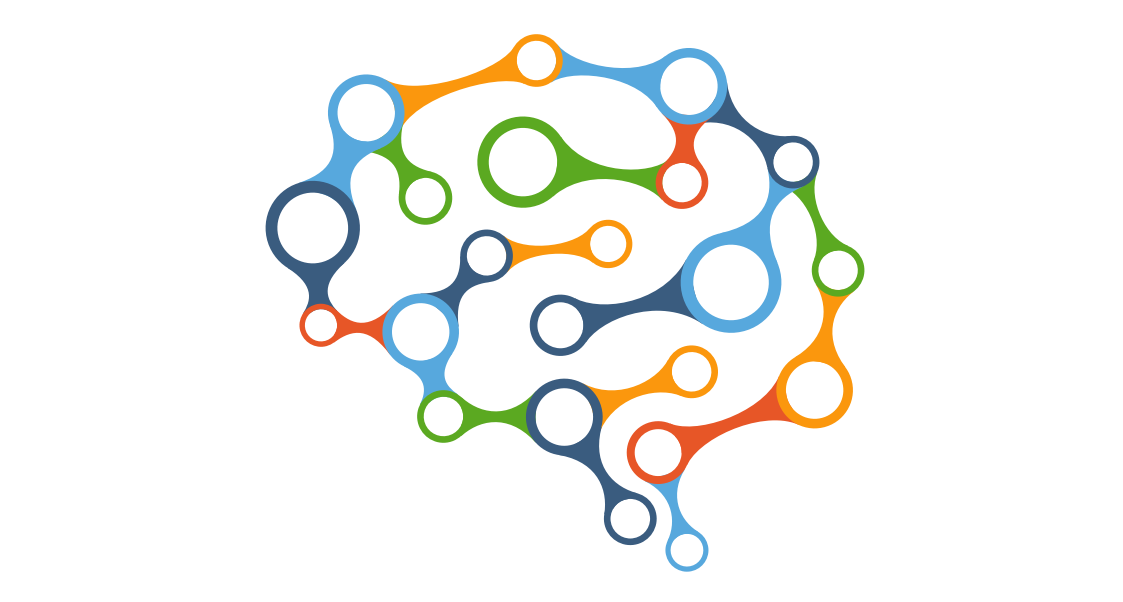
Universal Design for Learning (UDL) is an approach to teaching that aims to make instruction accessible and inclusive for all students, regardless of their background, abilities, or learning styles. Here are a few steps you can take to incorporate UDL in your college classroom:
- Identify the learning objectives: Determine what you want your students to learn and what skills you want them to develop through the course.
- Provide multiple means of representation: This can include providing materials in multiple formats (e.g., text, audio, video, and images), captioning videos, and providing transcripts for audio content.
- Provide multiple means of engagement: This can include providing opportunities for students to work in small groups, collaborate on projects, participate in discussions, and complete interactive activities.
- Provide multiple means of action and expression: This can include providing opportunities for students to demonstrate their understanding in a variety of ways, such as through written assignments, oral presentations, and online quizzes.
- Create a welcoming and inclusive environment: This can include creating a safe space for all students to participate, encouraging diverse perspectives, and actively working to create an environment where all students feel included and valued.
- Accessibility: Make sure that the class materials and activities are accessible to all students, including those with disabilities.
- Continuously evaluate and adjust: Regularly evaluate the effectiveness of the UDL approach by gathering feedback from students and making adjustments as needed.
UDL Guidelines are provided by CAST.org
Source: CAST (2018). Universal Design for Learning Guidelines version 2.2. Retrieved from http://udlguidelines.cast.org